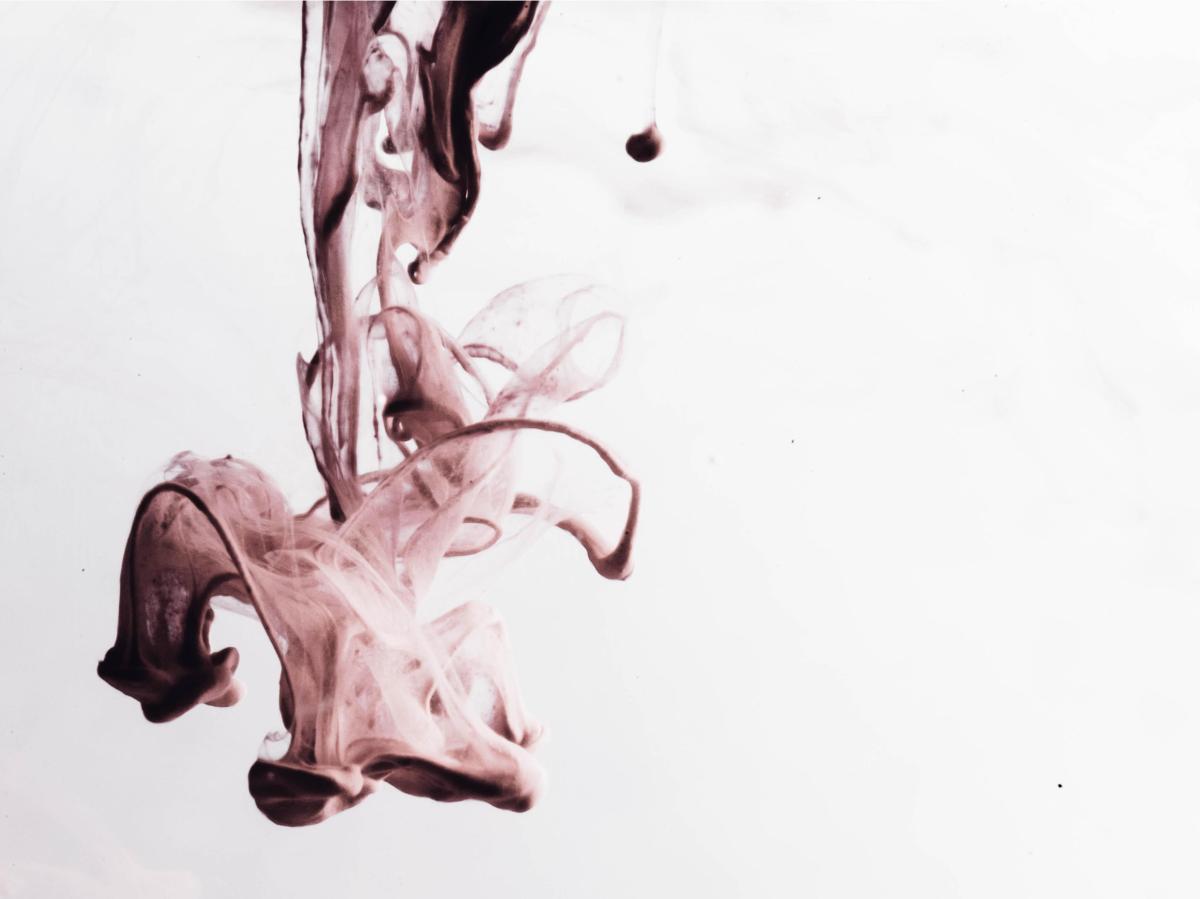Photo by chuttersnap on Unsplash
I would like to talk to you about the idea of intellectual property and the cognitive dissonance around this that runs through the contemporary visual arts.
Here’s some examples that have made the issue apparent to me:
-
In 1996, a friend told me there was a student at Elam reading everyone’s workbooks, stealing their ideas, so she wouldn’t talk about her ideas during our critiques.
-
In the early 2000’s, I met an artist whose life was marred by the conviction that someone else was succeeding by making work that was materially identical to theirs. He never invited anyone to his studio.
-
Recently, I met a community based arts worker who worried that people would steal their IP. Only last year a senior artist took to Facebook to complain that a younger and currently lauded artist was reworking ground that they had explored 20 years ago.
Owning the idea
What all of these moments have in common is the understanding of the ‘idea’ as property – something that can be owned by an individual to the exclusion of all others. What they illuminate is the enduring legacy of a socio-economic model of the arts that has been repeatedly debunked. As we know, this model constructs artistic creation as an individual act, and authorship as coherently definable. It weights perceived originality and rareness above all other measures of (economic) value.
Because we see ideas as property we can disconnect them from their social and cultural relationships. We can enclose them, separate them out. And if an idea, practice or cultural expression isn’t already stamped with a name, falling outside of this system we see it as fair game. We can choose not to think about the body of knowledge and culture that they come from and the responsibilities we have to the wellbeing of that body and the people connected to it.
In so many ways artistic practice has moved on from the singular. Collective and collaborative practices abound, immaterial social relationships are emphasised, people interacting and participating are seen as partners in the completion of a work, conscious referencing of art history is common creative strategy, and making is delegated and sub-contracted. Yet still we default to the singular artist, their name on the wall beside a work, and we cling the idea as a private property that we have the exclusive right to exploit. We hold tight to ‘our’ ideas and are angry when someone else in our community works with them.
I think that this is making us insecure and suspicious hoarders.
With this in mind, I have written a polemic against defaulting to intellectual parsimony and a manifesto towards generosity.
One: Your idea isn’t unique.
An artist is embedded in a time, a culture, a social network and community, a process of intellectual exchange, and a historical trajectory. An artist is embedded in a zeitgeist. We come to ideas and practices as a result of the milieu in which we are embedded and we cannot fully escape.
Neither the idea, or the material means by which a work is made is unique. A work is the sum of you and your relationships, your labour and other people’s labour and how these all come together to inform your iteration of an idea that cannot be owned by you.
A work is an expression of the idea, not the idea itself, so stop being precious.
Two: It all comes from somewhere so acknowledge the whakapapa of your work.
Stop pretending your idea is original and that it has never been worked with before. Stop pretending you have no antecedents, that others haven’t explored your ideas and methods before you. Your work is not lessened by being influenced, informed, and upheld by what and who has come before you. Embrace the existence of antecedents, bed into the genealogy of your practice.
Turn to face them and name them.
Recognise and embrace your siblings and cousins in practice. Don’t reject them as threats. Celebrate them as contributing to the ecology of your field. The external funding and market-economy models that promote the idea of scarce resources and pit us against each other, should not be taken into our everyday relationships and practices. There is space for all of us.
Three: Be generous in your respect. Don’t use it if it’s not in your commons, don’t expect someone to share or work for free.
If we are to successfully have a culture of generosity we must also have a culture of respect. Don’t take a culturally specific idea if you have no relationship with it. Build a nuanced and collective understanding of what is held common, and what is specific to a site, culture, community, or family.
Generosity can only be given, not demanded. Respect people’s time and knowledge, pay them where you can.
Four: You didn’t do it alone, so recognise those who āwhina and tautoko
Let go of authorship as a solitary activity. No work was ever made alone. Acknowledge this.
Name them.
Look to film as a model, the list of credits is comprehensive. But then mess with the model, because it has hierarchy problems too. Reject the filmic idea of the auteur. Recognise the collaborations that lead to the interweaving of ideas and the impossibility of it happening without other people.
Acknowledge the contractor who built your table, the friends who critiqued your work over beers, that call out on social media for advice, the story someone shared, the wisdom that flowed into the project from all directions. Recognise those who turned up to pack the van, cook the food, and helped you in so many ways.
Resist the idea of the solitary artist.
Five: Hoarding is a sickness so share
Give to the future. Give to the next generation, as was given to you. Give to your peers so that we all thrive.
Consciously share by open licensing your texts and images and presenting your work in open access platforms. Where you can, share not just your ideas but your processes, methods, bureaucratic systems, work arounds.
Don’t hold onto things just because you can. If they can do more good out in the world unencumbered, share them.
This article was first published on The Big Idea NZ and is republished with permission. Read the original article.





